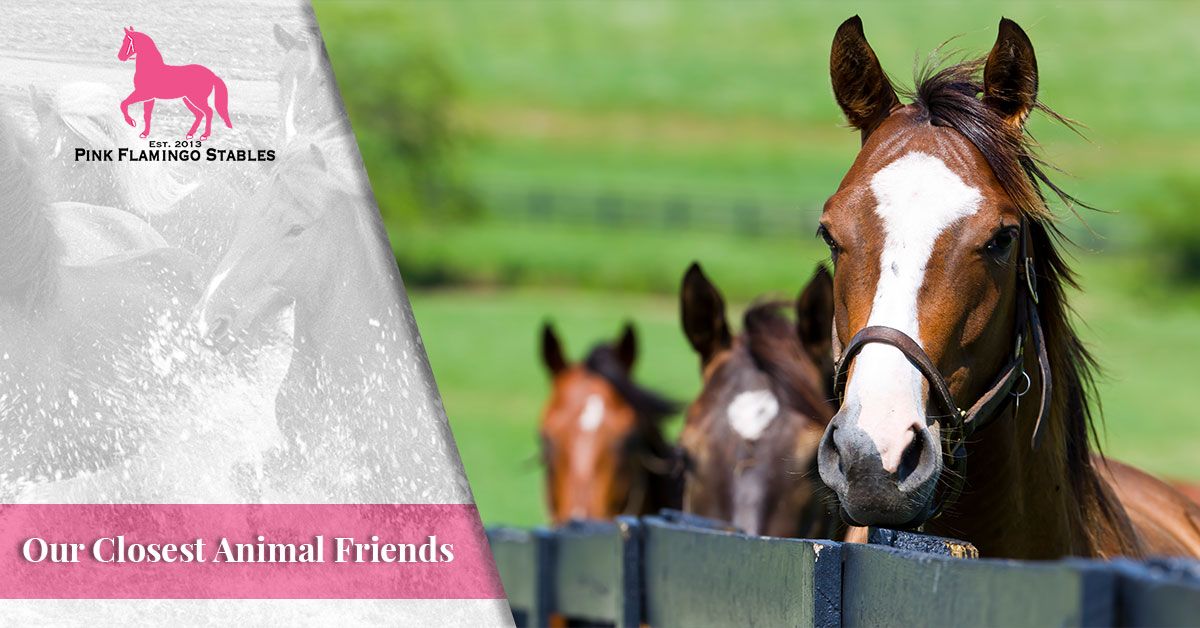We’ve all heard that dogs are man’s best friend, but we take issue with that. After all, dogs are bred so that they really have no decision but to like you. They’re pack animals, and breeding practices has kept them in a perpetual submissive state.
Horse are friendly, yes, but the bond with horses is closer to an equal friendship. They retain a heart that is so close to their ancestors, yet still choose to work with humans (especially if you treat them well). But how did we get here? How is it that the horse went from the hardest worked animal to one that’s used almost exclusively for riding pleasure? Let’s take a look at the history or horses in America and how they ended up at our beautiful horse riding school here in Lake Worth, Florida.

